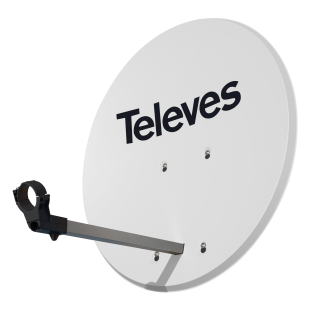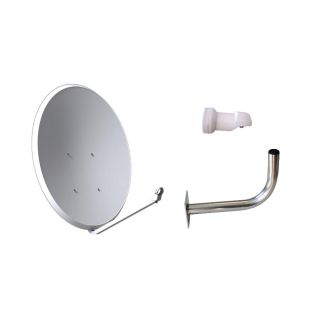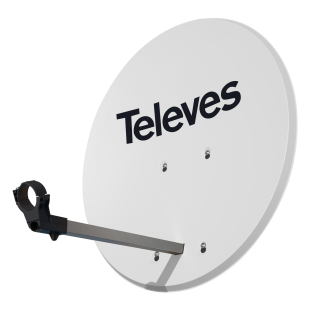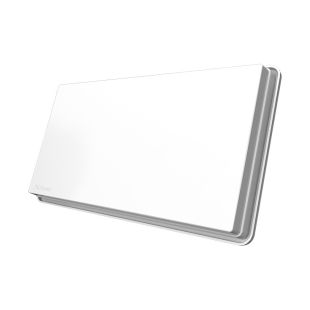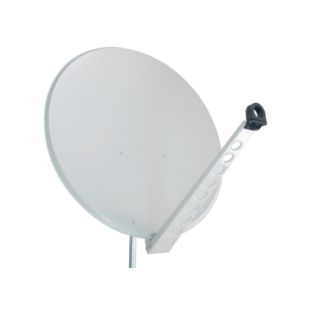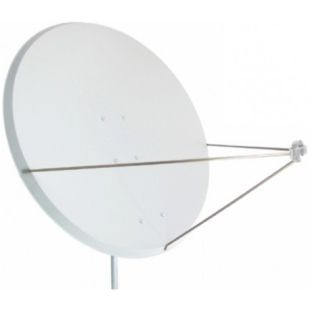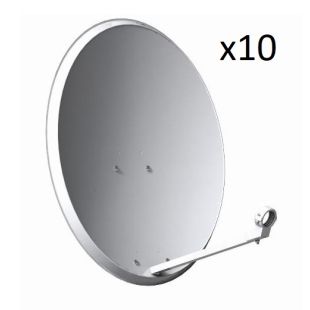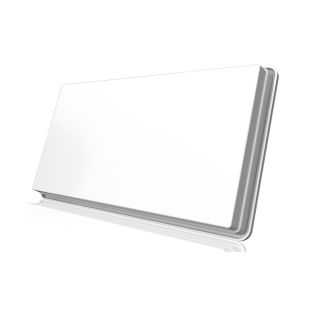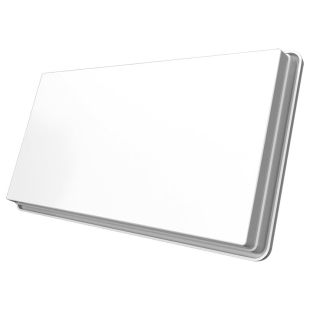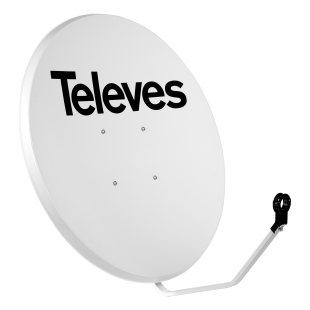Great store. Will be my favorite in the future. Sent quickly. All items are brand new sealed. And the prices are very nice. Separately, I want to thank Álex Guerra, who controlled my order from start to finish. In general, you are great!!
Thank you for the service. Absolutely top
Great comms. Very helpful and reliable all along
Order placed packaged well, dispatch and delivered promptly Would use again. Thank you
42/5000 the best team, both human and technical
-
 Qué Tipo de Armario Rack Necesito
Qué Tipo de Armario Rack NecesitoPara escoger un armario rack adecuado a nuestras necesidades tenemos que conocer los tipos de racks que existen y cuales son las condiciones que necesitamos que cumplan. […]
-
 Nuevo Plan Técnico TDT
Nuevo Plan Técnico TDTNuevo Plan Técnico TDT Nacional 2025 que transformará la televisión en España.
Se impulsa la DVB-T2, codificación HEVC y UHD 4K. Asegúrate de estar preparado y elige receptores actualizados. -
 Comprar Material Telecomunicaciones
Comprar Material TelecomunicacionesComprar material de Telecomunicaciones – Encuentra marcas como Fermax, Televes, Hikvision o Ajax de manera sencilla
-
 Renueva Medidor de Campo con la promoción X-Change
Renueva Medidor de Campo con la promoción X-ChangeRelanzamiento de la promoción X-Change de Televes, medidores H30Crystal y Mosaiq6. Posibilidad de obtener descuentos entregando un antiguo medidor.
-
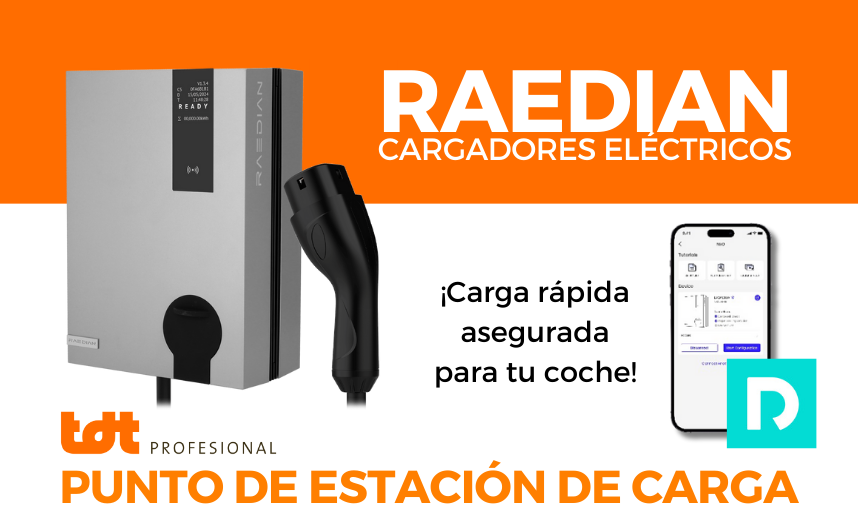 Cargador Coche Eléctrico
Cargador Coche EléctricoCargadores coche eléctrico Raedian: fáciles de instalar y controlar con la app. Disfruta de carga sin complicaciones, conectividad 4G y funciones avanzadas. ¡Optimiza tu punto de carga!
-
 Registros de Terminación de Red (RTR)
Registros de Terminación de Red (RTR)Como instalador de telecomunicaciones, es imprescindible conocer en detalle los productos que componen cada red de las instalaciones ICT. En el blog de hoy vamos […]
-
 Soportes TV – Fijos, Ajustables, Pared y Techo
Soportes TV – Fijos, Ajustables, Pared y TechoAntes de adquirir un soporte, debemos tener en cuenta varios puntos, como las pulgadas para las que son válidos o el peso. A continuación, hablaremos […]
-
 Televisión en caravanas con Antena SmartNova
Televisión en caravanas con Antena SmartNovaSmartNova de Televés; Solución perfecta para disfrutar de televisión en caravanas. Fácil configuración gracias a la app ASuite. ¡Conoce más sobre sus características y cómo adquirirla en nuestro blog!
Satellite Reception Systems
This section is dedicated to different types of satellite antennas, both parabolic and flat. These reception systems usually work at very high frequencies and have a very high gain.
Among the elements necessary to receive satellite TV, the type of antenna that we must use and its orientation will be the most crucial part of the process, since this is where most of the problems tend to come from, if any.
Going by the shape, there are two main types of antennas for Satellite TV: parabolic antennas and flat antennas.
- The dish antenna is nothing more than a dish where the satellite frequencies are reflected, centering them all in an exact point, where the LNB would go. Due to their construction, we can find them in Aluminum or Steel with anticorrosive treatment, Aluminum ones are of higher quality due to their greater resistance to rust and their greater lightness compared to Steel, but in terms of performance we do not find appreciable differences.
The dish antennas by themselves are of no use if we do not place the LNB, which is responsible for transforming the high satellite frequencies into lower frequencies, to be able to distribute them through the coaxial cable.
Dish antennas are classified by size, this size determines the gain it has. Depending on the satellite that we want to receive and where we are located we will need a larger or smaller antenna.
- On the other hand, flat antennas integrate the LNB and therefore it is not necessary to purchase it separately. Generally, flat antennas are equivalent to 60cm satellite dishes in terms of the gain it offers and therefore the satellites it can receive. Another advantage of the flat antenna is a more compact and discreet design, ideal for placing on terraces without disturbing the design of the facade.




